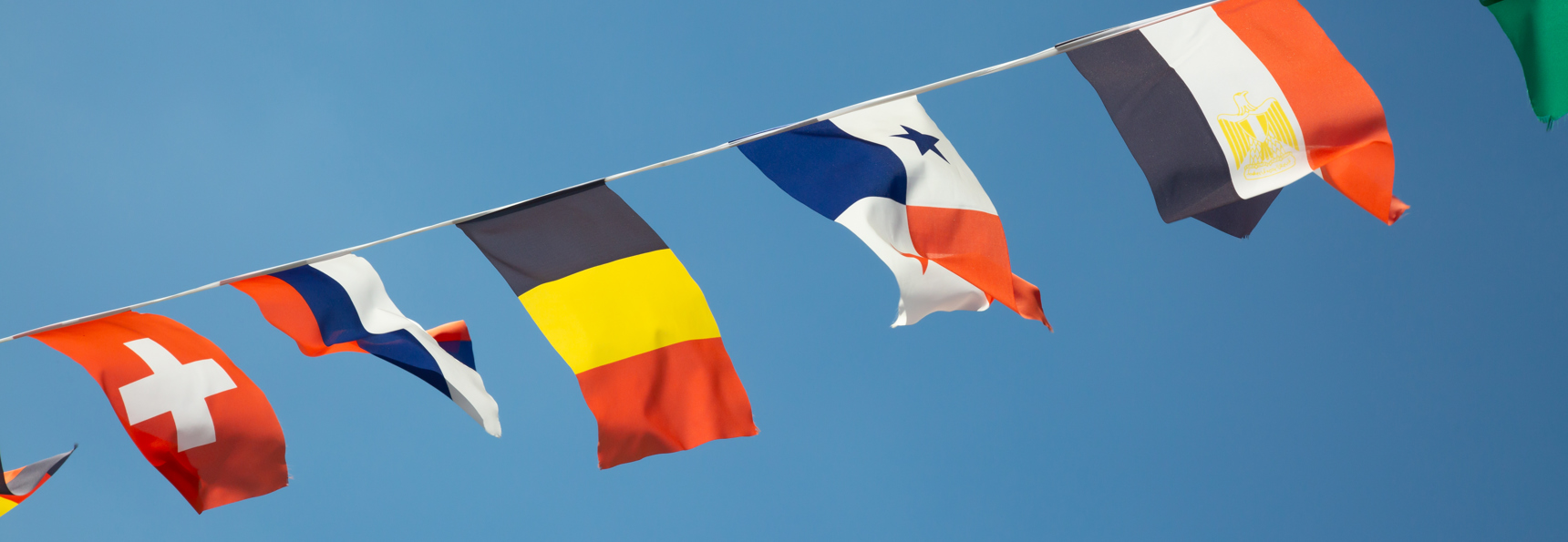Oplæring i udlandet
OPU-ordningen (Oplæring i Udlandet) giver mulighed for at gennemføre oplæringsophold i udlandet, som kan finde sted hvor som helst i verden. Denne ordning gør det muligt at få opholdet godkendt som en del af den danske erhvervsuddannelse. Der ydes økonomisk støtte enten til lærlingen eller til den danske arbejdsgiver.
OPU-koordinatorerne på erhvervsskolerne står for rådgivning og håndtering af udsendelsen af lærlinge til udlandet.
Der findes to typer udsendelse til udlandet
Der findes to typer udsendelse til udlandet:
- Oplæring i udlandet
En skoleudsendelse, hvor lærlingen ikke har en dansk uddannelsesaftale. - Udstationering
Lærlingen har en uddannelsesaftale med en virksomhed i Danmark og udstationeres til en af virksomhedens afdelinger eller til en anden virksomhed i udlandet.
På erhvervsskolerne er der OPU-vejledere, som kan hjælpe uanset hvilken type ophold lærlingen skal på. Hvis lærlingen ikke har en dansk læreplads, kan vedkommende henvende sig til sin skole og skolens internationale koordinator/OPU-vejleder for hjælp til at finde beskæftigelse i udlandet. Ved udstationering kan lærlingen kontakte sin danske arbejdsgiver, som vil hjælpe med at etablere kontakt til et udenlandsk lærested.
Et oplæringsophold i udlandet giver mulighed for både faglig og personlig udvikling. Lærlingen kan styrke sine sproglige færdigheder, skabe internationale kontakter, lære en ny kultur at kende og få indsigt i, hvordan faget anvendes globalt. Et praktikophold i udlandet kan derfor være en værdifuld investering i fremtiden.
Forhåndsgodkendelse og godskrivning
For at et oplæringsophold i udlandet kan blive en del af erhvervsuddannelsen, skal det forhåndsgodkendes af erhvervsskolen inden afrejse. Dette sikrer, at opholdet kan indgå som en del af uddannelsesforløbet. Efter opholdet skal erhvervsskolen godskrive det, hvilket betyder, at opholdet skal godkendes som en del af eller hele oplæringen.
OPU-koordinatoren på erhvervsskolen kan oplyse om kravene til både forhåndsgodkendelse og godskrivning.
Engelsksproget beskrivelse af uddannelserne
Hvis du har brug for en engelsksproget beskrivelse af din uddannelse, kan du finde den her.
Grafisk tekniker oversat til engelsk
Graphic technician
You will in your capacity of graphic technician be in charge of the production of newspapers, books, magazines, posters and other printed media products. This may also include signboards of any kind and wide formats. You will be responsible for the production and planning – from step one of the preparation of the print or other media to the finished product.
At present qualified employees are in high demand, and you will be given an education with good job opportunities. The machinery employed in production being more and more technically advanced, which calls for skilled professionals. As graphic technician you will therefore be taught information technology and you will learn how to monitor, handle and adjust print machines and book-binding equipment. It is also vital that you get a feeling for the materials used in the industry, such as e.g. paper and print colours.
You will also learn about quality control, and how to plan an efficient print production from start to end. To give you an example, it is important that the first approved print sheet is exactly the same as the last one. Also it is important that the sizing (glueing) is in order when manufacturing books.
A graphic technician may take on work within traditional printing as well as digital printing – and within serigraphy print and industrial book-binding.
Length of training
It takes 3½ years of training to become a graphic technician. In general, you will begin with 20 weeks of basic training in a school. The remaining part of the training includes either vocational training in the firm with which you have entered into a training agreement, or school stays of 20 weeks in total. You must have a vocational training placement in order to be trained. You are responsible for finding such placement yourself, however the school may assist you in finding a placement.
Supplementary information
Admission requirements are nine years of schooling corresponding to the Leaving Certificate of the Danish Folkeskole.
Mediegrafiker oversat til engelsk
Media graphic designer
The vocational education and training programme for media graphic designer is directed towards both printed and digital communication.
The programme will provide the media graphic designer with the theoretical knowledge and practical experience required to perform the relevant job functions in graphic businesses, advertising agencies, multi-media businesses, graphic design firms, at newspapers and other communication businesses as well as in in-house company- departments dealing with communication.
Having completed the programme, a qualified media graphic designer is able unsupervised to plan, perform and coordinate multimedia graphic design assignments, including the operation of technical equipment commonly used in the trade. Thus a qualified media graphic designer is familiar with and understands media graphical technology and design, image processing, digital printing, multimedia design, communication and customer care.
The vocational education and training programme for media graphic designer takes 3 years and 11 month, with a basic course of half a year and a principal course lasting 3 years and 5 month.
The principal course alternates between school attendance and placements.
At the beginning of the vocational education and training programme, a personal plan of development for the individual student is drawn up by the school in cooperation with the student and the business in which the placement is to take place. The plan specifies in detail the contents of the student's in-school education and placement programme.
During the three-year and five-month principal course, the media graphic designer attends 30 weeks of in-school teaching. In addition, the parties of the training agreement may choose an additional 4 weeks of in-school teaching with optional specialised subjects as a job-oriented superstructure.
Supplementary information
Admission requirements are nine years of schooling corresponding to Leaving Certificate of the Danish Folkeskole.

